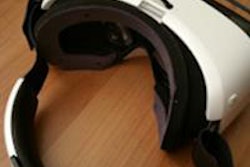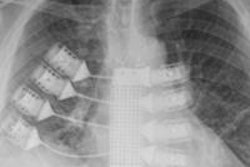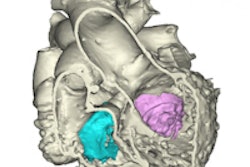Researchers in Zurich have developed a new 3D microprinting method that creates pixels as small as 800 nanometers in diameter, and can combine them to form larger 3D objects made of copper. The new printing technique could have potential in medical applications if applied, for example to create tools for interventional procedures.
Most existing 3D microprinting processes enable the creation of objects that require overhanging structures only through use of a stencil template that must eventually be removed. But a new technique developed by PhD student Luca Hirt from ETH Zurich's Laboratory of Biosensors and Bioelectronics, bypasses this process with a print head that can print sideways, eliminating the need for templates.
The technique refines the FluidFM system developed at the institute in 2009 and is now commercially available through spinoff firm Cytosurge. The system uses a moveable micropipette mounted on a leave spring that enables extremely precise positioning. Used primarily in biological research and medicine, it enables researchers to sort and analyze cells and to inject substances into individual cells.
The new system uses a micropipette to penetrate a droplet of liquid and use it as a print head to move a copper sulphate solution between the droplet and a substrate, ETH reported. Applying voltage through an electrode causes a reaction that causes the copper sulphate emerging from the pipette to form solid copper, which is deposited on the base plate as a tiny pixel. These pixels are combined to create larger tools.
"This method can be used to print not only copper but also other metals," said Dr. Tomaso Zambelli from ETH Zurich, in a statement. "FluidFM may even be suitable for 3D printing with polymers and composite materials."



















